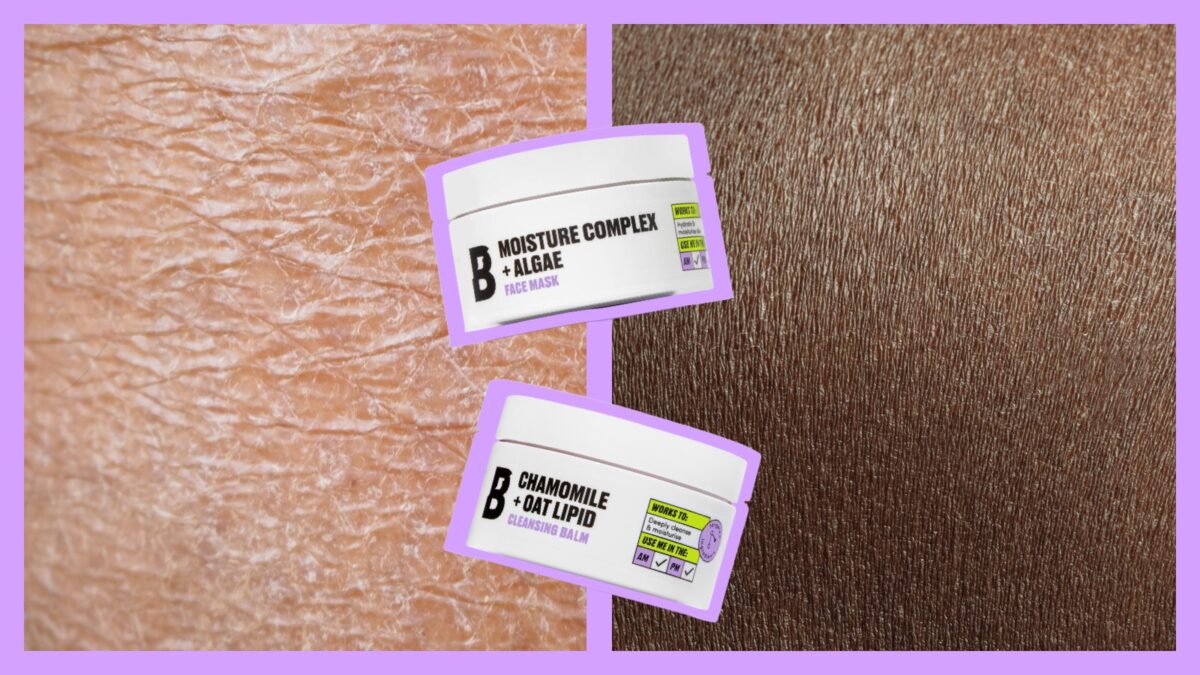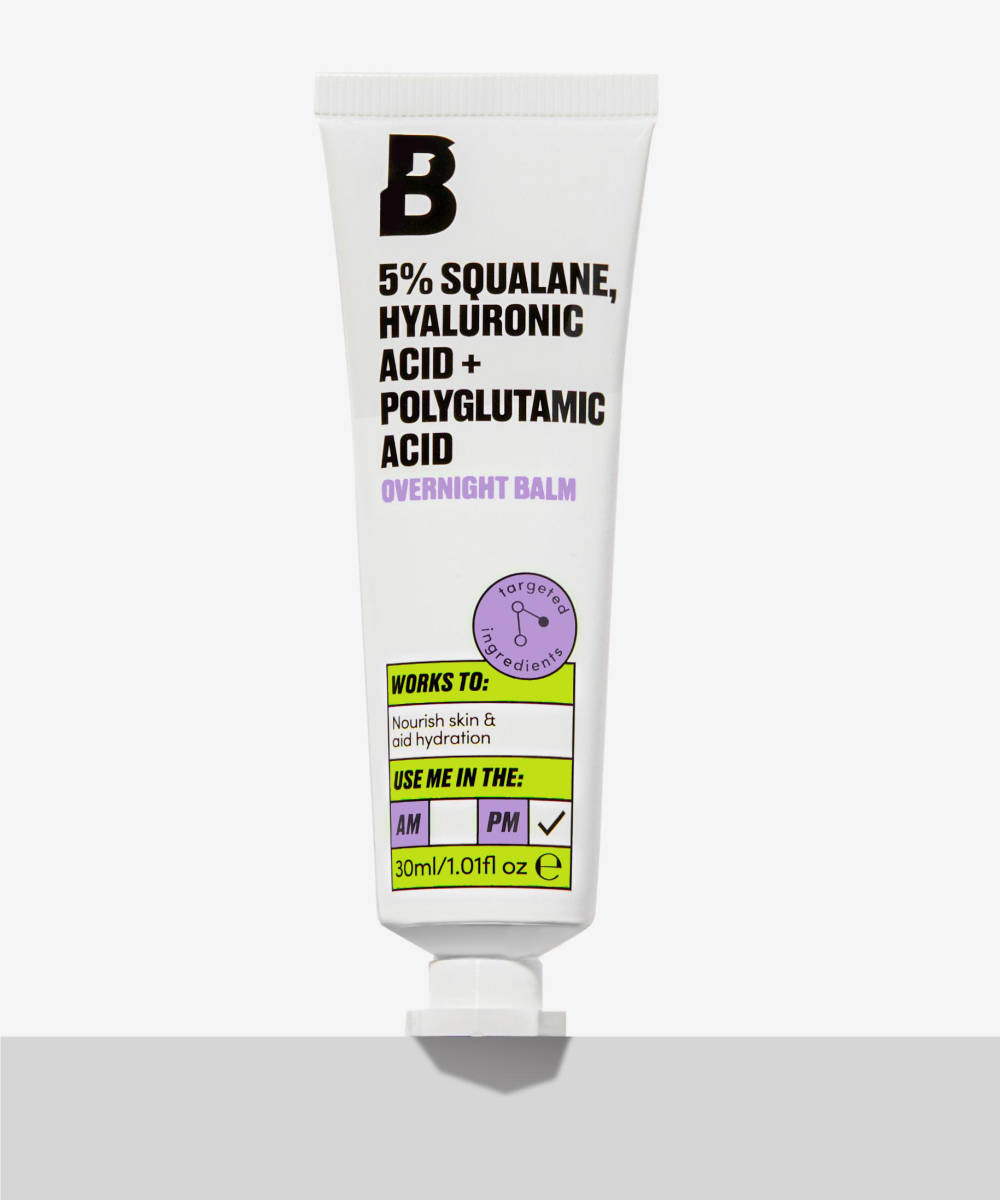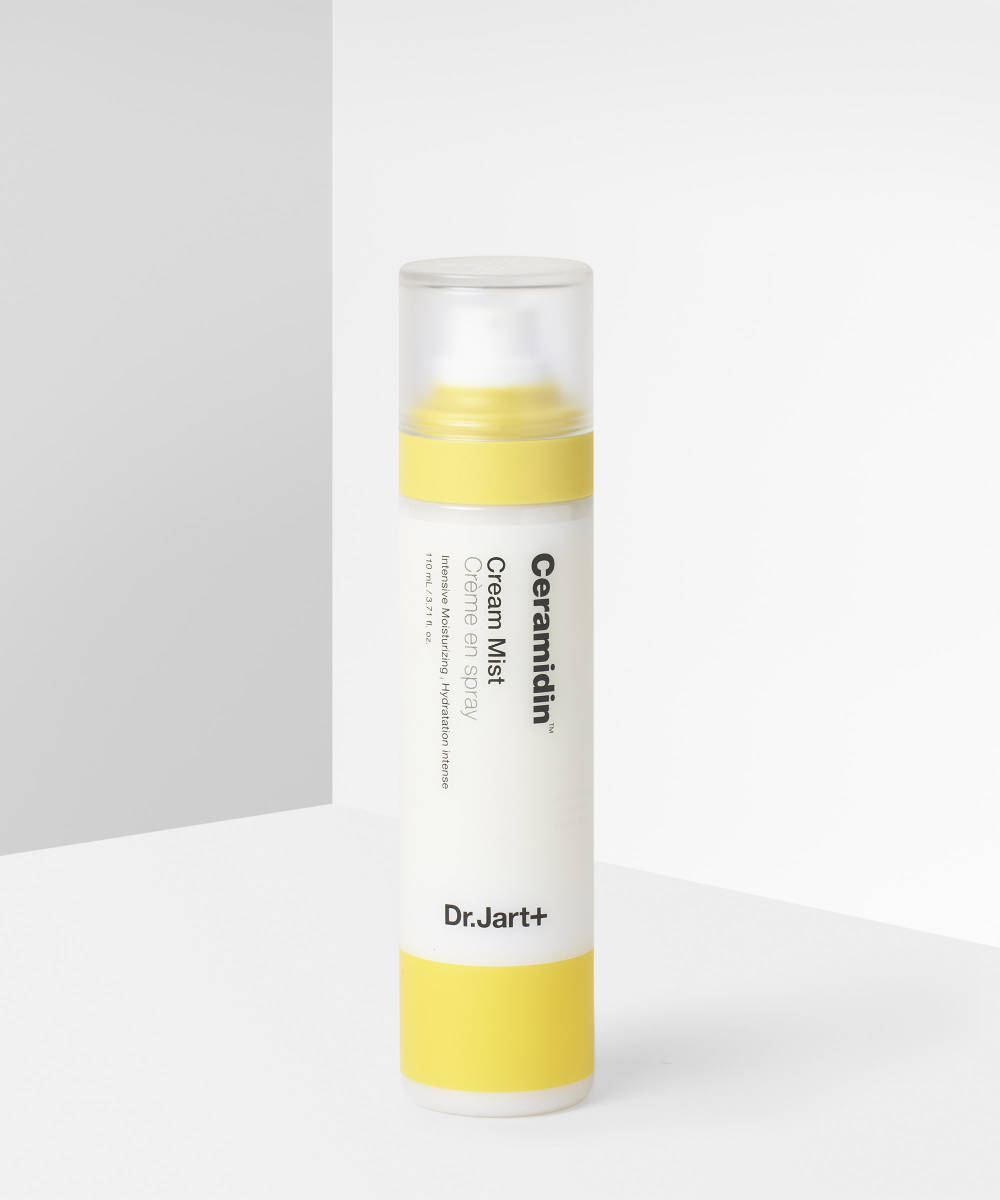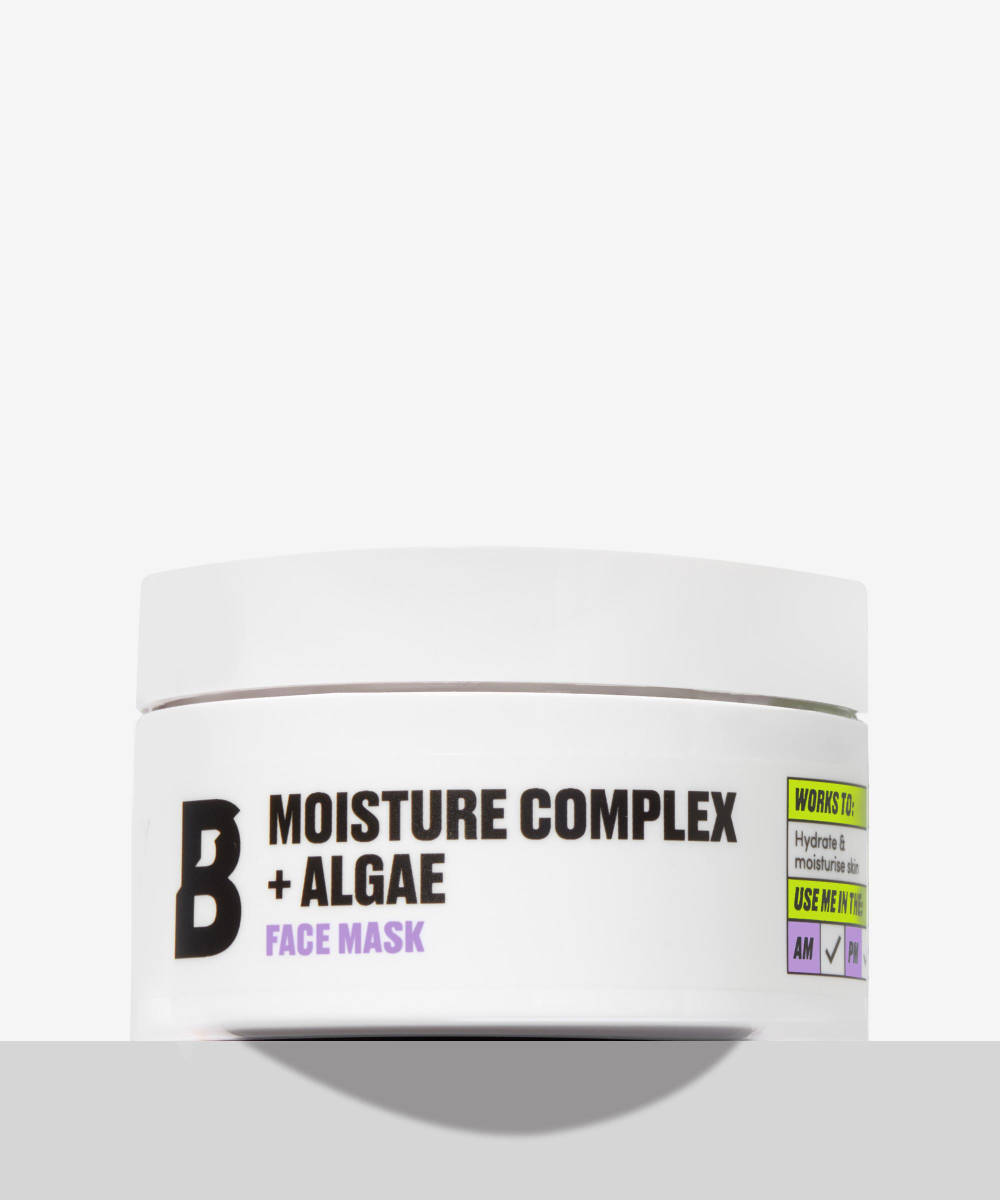Hi Grace,
I’ve always thought I have dry skin, but as I’ve started learning more about skin types, I’ve noticed more people talking about dehydrated skin. I had assumed that dry and dehydrated would be the same thing, but I’d love to know what the difference is.
Lottie
You’re right, the more you learn about skin types, the more you’ll realise that it’s really not as simple as labelling everyone either ‘dry’, ‘oily’, or ‘combination’. Everyone’s skin looks, feels, and behaves differently for different reasons, and there are many factors that affect it, both long term and short term. It’s also important to recognise the difference between skin types and skin concerns; skin type is what you’re born with and where your skin sits for most your life, while skin conditions are what happens to your skin as a result of external factors, for example sensitivity and breakouts.
There is actually a big difference between dry skin and dehydrated skin, although they do have many similar symptoms and the terms are often used interchangeably, which can make things confusing. The biggest difference is that dry skin is a skin type whereas dehydrated skin is a skin condition. You can experience both dryness and dehydration at the same time, which is actually quite common – and will make sense once you understand what causes them.
Dry skin is caused by a lack of oil. If you have dry skin then you also probably notice dryness across your body (not just on your face). You’ll notice that products like serums and moisturisers absorb quickly, and you probably also notice your dryness worsens when you’re in cold climates. This can lead to signs of extreme dryness like flaking, cracking, and sensitivity, or even issues like eczema.
Dehydrated skin is caused by a lack of water. This is typically something which is affected by external factors like your diet, your environment, the weather, and the products you use (or don’t use). At first you’ll notice many similar symptoms to skin dryness – tight skin and dry texture. However, when skin becomes very dehydrated it compensates by producing more of its own natural oils. This can lead people to think that they have oily skin, or (if they still have some dryness as well) combination skin.
Essentially, both dry skin and dehydrated skin are triggered when the skin barrier becomes damaged. The skin barrier is responsible for keeping moisture locked into skin, so when it’s damaged, moisture more easily escapes. It’s important to moisturise (ideally twice daily) and avoid using too many products like foaming cleansers and exfoliating scrubs, which can damage the skin barrier further. Instead, to boost skin’s moisture levels, layer several moisturising products, from thinnest to thickest in order to seal them in. A hydrating face mist followed by a serum containing ingredients like glycerin and hyaluronic acid, then a thick cream to seal it in is a failsafe route. If your skin is very dry, add an oil or moisture balm on top to seal it all in.







